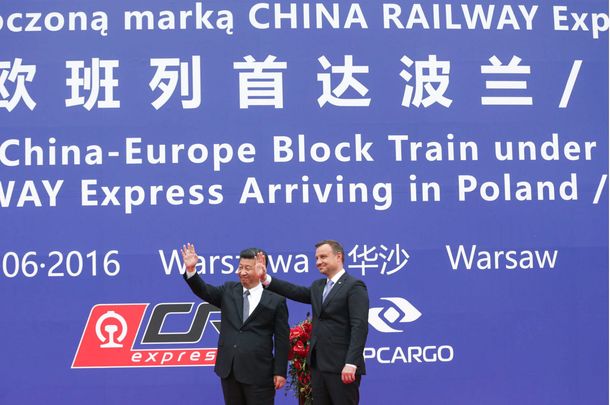How the Belt and Road Initiative Is Enabling Counterfeit Trade

China’s Belt and Road Initiative (BRI) has boosted global trade—but it’s also being misused. A new OECD–EUIPO report reveals how counterfeiters are exploiting new infrastructure to move fake goods more efficiently. Here’s what businesses and regulators need to know.
What Is the Belt and Road Initiative?
Launched in 2013, China’s Belt and Road Initiative is the world’s largest infrastructure project. It connects over 140 countries through ports, railways, and trade routes, aiming to expand China’s export capacity and strengthen global trade links.
While the BRI has accelerated legitimate commerce, it has also made it easier for counterfeit goods to move across borders—sometimes undetected.
Counterfeit Goods Are Riding the Same Routes
According to a new report from the OECD and EUIPO, there’s a clear link between BRI investments and the export of counterfeit goods. Countries that receive more BRI infrastructure funding also tend to be involved in more counterfeit trade—either as exporters or transit points.
Since 2015, the number of seizures of fake goods coming from China into the EU has increased. The same infrastructure meant to speed up legal trade is being repurposed for illicit trade.
From Bulk Shipping to Doorstep Delivery
While seizures have gone up, the value of seized goods has gone down. Why? The way counterfeiters operate is shifting. Instead of sending large shipping containers to EU-based distributors, they now send smaller parcels directly to individual consumers.
These smaller packages are typically delivered via express couriers or postal services—making them harder to detect and easier to slip past customs checks. This shift in smuggling tactics means fake goods are more likely to reach EU consumers directly, often without their knowledge.
Why It Matters for Brands and Authorities and What Can Be Done?
The report points to a troubling mix of factors: a rising tide of Chinese exports, complex new transport routes, and growing difficulty for EU border authorities to screen shipments effectively—especially with China’s increased control over key logistics hubs like ports.
For businesses, this raises the risk of brand damage, lost sales, and consumer trust issues. For enforcement agencies, it signals a need for smarter, more agile customs strategies.
Improving international cooperation, investing in modern enforcement tools, and sharing intelligence across borders will be key in fighting this growing threat. Companies should also stay alert to trends in counterfeit trade and consider proactive brand protection strategies.
Need help protecting your brand from counterfeit threats?
Our legal team can advise you on intellectual property rights, customs enforcement, and cross-border compliance. Get in touch to start protecting your business today.
Sources
Text: ‘Abuse of the Belt and Road Initiative in Illicit Trade’. EUIPO, https://www.euipo.europa.eu/en/news/observatory/abuse-of-the-belt-and-road-initiative-in-illicit-trade. Accessed 14 May 2025.
Photo: Andrzej Hrechorowicz, CC BY-SA 4.0 <https://creativecommons.org/licenses/by-sa/4.0>, via Wikimedia Commons